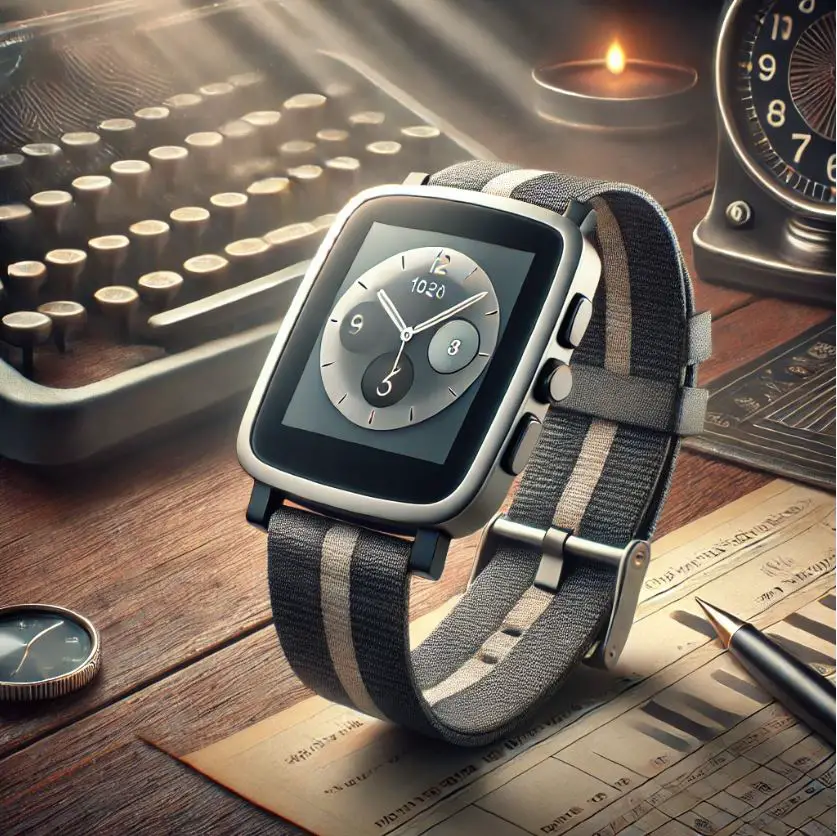
Pebble founder Eric Migicovsky is back in the spotlight with a bold new venture, marking the triumphant return of a brand that once revolutionized the smartwatch market. Pebble, which captured the hearts of tech enthusiasts with its simple, efficient design and robust functionality, is making a comeback with two limited-run smartwatches: the Core 2 Duo and Core Time 2. These devices run on the open-source Pebble OS and boast an impressive 30-day battery life, redefining what users can expect from a wearable device.
Introducing the Core 2 Duo and Core Time 2
In a move that both honors the past and embraces the future, the new Pebble smartwatches are designed to recapture the essence of the original Pebble devices while integrating modern technology. The Core 2 Duo offers a sleek design paired with a robust set of features aimed at everyday users who appreciate efficiency and simplicity. Meanwhile, the Core Time 2 caters to those looking for a more premium experience with enhanced aesthetics and additional functionalities. Both models promise high performance without sacrificing the signature long battery life that Pebble was known for.
Open-Source Advantage: Flexibility and Customization
One of the most significant aspects of the comeback is Pebble’s commitment to its open-source operating system. By continuing to use the Pebble OS, the company invites developers and tech enthusiasts to contribute to and modify the software. This open approach encourages a vibrant community where users can customize and optimize their devices to suit personal preferences, a feature that differentiates Pebble from many of its competitors. The flexibility of an open-source platform ensures that the watches remain relevant and adaptable in a rapidly evolving tech landscape.
Unmatched Battery Life: A Game Changer for Wearables
In a market where battery life is often a compromise for advanced features, Pebble’s new offerings are designed to stand out. Both the Core 2 Duo and Core Time 2 deliver up to 30 days of battery life on a single charge—a milestone that sets a new benchmark in the wearable industry. This exceptional battery performance means users can rely on their smartwatch to function seamlessly for extended periods, whether for daily activity tracking, notifications, or as a convenient tool for managing personal schedules, without the constant worry of recharging.
Limited-Run Appeal: Exclusivity Meets Nostalgia
The decision to launch these smartwatches as limited-run models adds an element of exclusivity to the comeback. By producing a finite number of units, Pebble is not only appealing to long-time fans and collectors but also creating a buzz among new users curious about this revival. The limited availability is expected to drive demand, as early adopters rush to secure a piece of tech history reborn for modern times.
What Does This Mean for the Wearable Market?
Pebble’s re-entry into the smartwatch market challenges the current status quo dominated by larger players. By focusing on battery longevity, open-source software, and a design that marries nostalgia with modern sensibilities, Pebble is setting a distinct path. Industry analysts suggest that this move could inspire other companies to re-evaluate the balance between feature-rich smartwatches and practical, user-friendly designs that prioritize everyday usability.
Looking Ahead
As Pebble returns with the Core 2 Duo and Core Time 2, the tech community eagerly anticipates how these devices will influence the wearable market. With a blend of cutting-edge technology, community-driven software, and an unbeatable battery life, Pebble is poised to carve out a unique niche. For those who long for the simplicity and reliability of early smartwatches, this comeback is a welcome reminder that sometimes, innovation is best when it brings us back to our roots—only now, with a modern twist.
